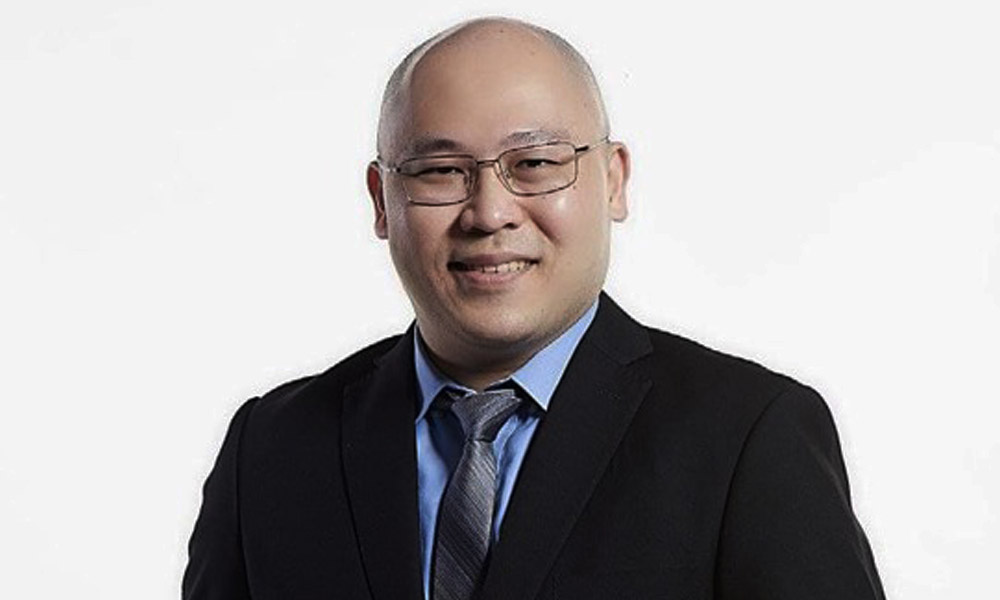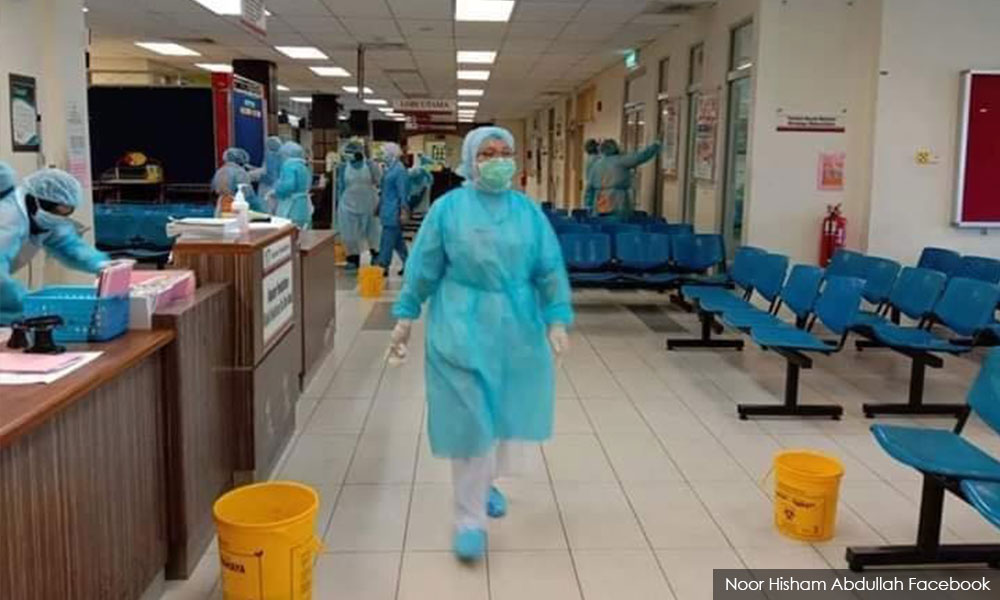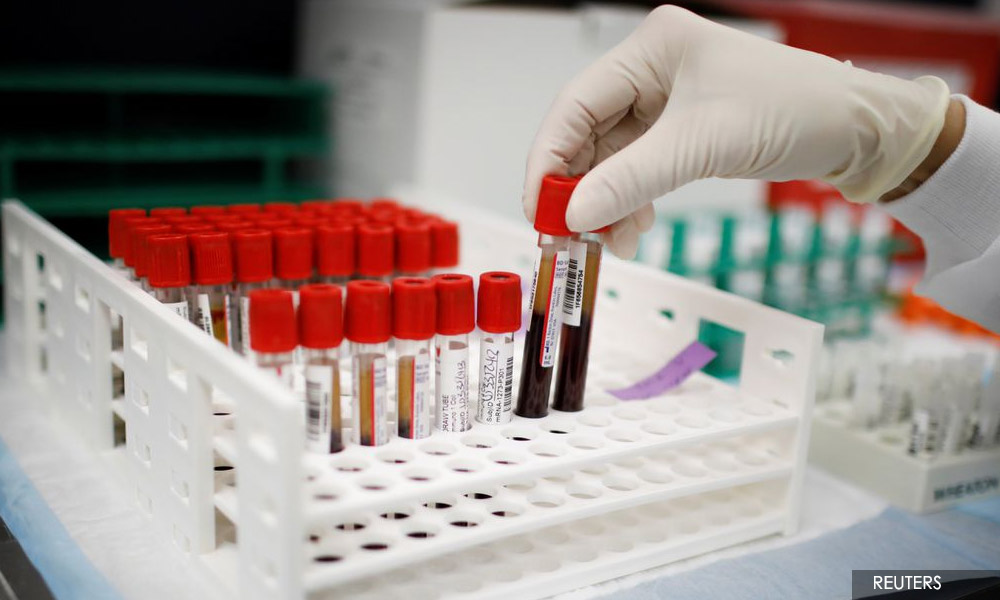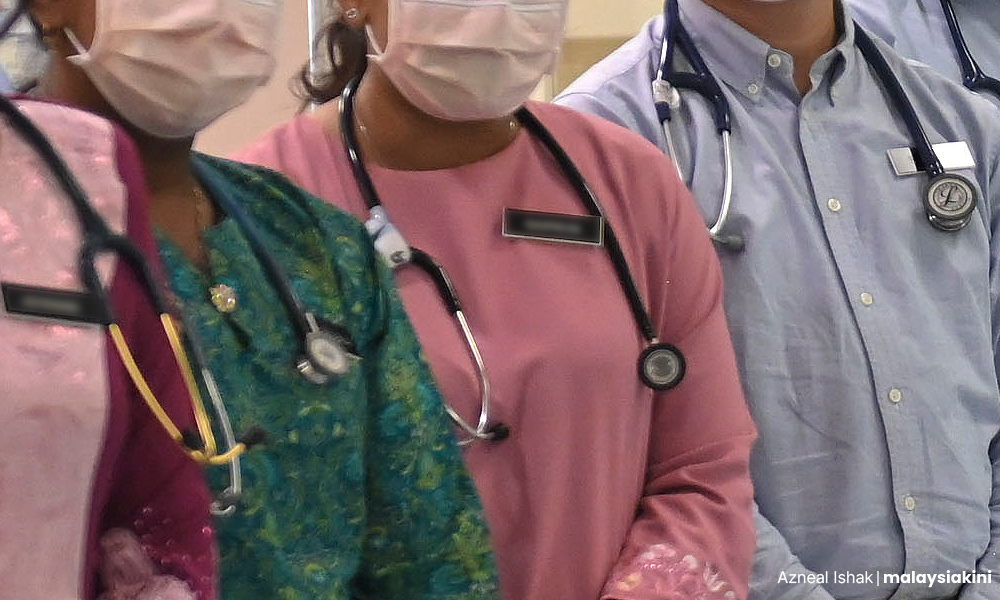One in seven Malaysians is estimated to develop cancer before reaching the age of 75, according to the Galen Centre for Health and Social Policy.
Its White Paper on Cancer Care Challenges, Gaps, and Opportunities showed that even amid the Covid-19 crisis, approximately 49,000 people in Malaysia were estimated to be newly diagnosed with cancer in 2020.
This is expected to rise to more than 66,000 new cases annually by 2030, it said.
Lifestyle choices and bad eating habits are among the reasons to which experts in the field attribute this rise.
The National Cancer Society of Malaysia (NCSM) recently said over 20,000 cases are discovered annually.
NCSM managing director Dr M Murallitharan also said over the past two years, there were more new cancer patients aged between their late 20s and early 30s.
Clinical oncologist Dr Jenson Sow believes the number of reported cancer cases is much lower than the actual number of people who are diagnosed with cancer.

“Our Health Ministry sends out forms under the National Cancer Registry to doctors, especially cancer centres.
“When the centres that deal with cancer patients see the patient on the first visit, they will need to immediately fill out the form to notify the registry. This information subsequently will be submitted for data collection,” said Sow.
He pointed out that if a patient who has been diagnosed does not want to seek treatment or does not follow up with treatments after the first visit to the doctor, it will not be reported.
Cancer used to be considered a disease that hit middle-aged and elderly people but according to NSCM, there are now more younger patients.
Young people at risk too
Sow said that in the past when access to health services or cancer awareness wasn’t there, patients tended to ignore signs of something wrong with their bodies.
He also highlighted that some cancer symptoms might take a long time to be noticeable.
“Then you have the problem of people who are aware that there is something wrong (like feeling a lump on their breast) but choose to ignore it,” he added.
One of the reasons we hear of cancer being diagnosed in people when they are older is because their condition is usually worse, leading to them consulting a doctor and finding out they have cancer, Sow explained.
The specialist however said that more people are now more aware of cancer signs and get checked early.
“Accessibility to healthcare services is much easier nowadays. So they will easily just go anywhere, like a local clinic, just for a medical checkup.”
He noted that more people are seeking treatment.

“Over the years, in the last decade, the influence of social media sharing information for all these cancers has led to increased awareness.
“More patients can afford treatment. Some of them even have insurance premiums or some sort of insurance package, which they can use for basic tests like breast mammograms and colonoscopies.
“All this helps and that’s how we got more cancers detected at an earlier stage. There is an increase in the numbers. But as I said, whatever figures you are seeing in the national cancer registries are still considered under-reported.”
Common cancers
Research showed that in young adults, the more prevalent cancer types found are breast, colon, oesophagus, gallbladder, kidney, liver, pancreas, prostate, stomach, and thyroid.
“I am a clinical oncologist. So my speciality is dealing with a solid tumour. When you talk about cancer, there are two forms of cancer.
“One is a solid tumour, and the other one is a blood type of cancer. So with blood cancer, usually they are commonly treated by a haematologist, which will deal with these blood cancers like leukaemias and lymphomas.
“If you’re talking purely about the common cancers here in the context of solid tumours, then in Malaysia, I would say, with both genders combined, we are looking at the top-most would be breast cancer.
“Then you have colorectal cancers, large bowel, small bowel, or maybe the rectum. Moving on would be lung cancer. We also see a fair share of head and neck cancers,” said Sow, adding that for men, prostate cancer is more common.
Pandemic woes
Sow started as a junior medical officer in the Cancer Service Department at Kuala Lumpur General Hospital in 2012.
He became a certified clinical oncologist in 2019 and was initially based in Sabah.
During the pandemic, there were a lot of problems for people getting tested for cancer and obtaining follow-up treatment.

“When the first wave of movement control order (MCO) happened, no one knew what exactly to do with all these cancer patients already on treatment. As well as patients in the early part of being investigated.
“In the government sector, the moment the MCO happened, accessibility to healthcare got blocked due to roadblocks. As a result, patients didn’t turn up for their subsequent follow-ups or even for further checkups.
“So definitely during the pandemic, there was a huge drop in terms of patient visits to hospitals. Everybody was just so scared about the pandemic they stayed indoors,” recalled Sow.
He said those who normally assisted patients also didn’t turn up because of the roadblocks.
Sow and the staff started calling patients to tell them what to do next and urged them to come see the doctors. Non-urgent cases were postponed until further notice.
Getting tested
When it comes to getting tested, other than self-examination, pap smears, or mammograms, many opt for blood tests to check tumour markers as a means to detect cancer.
However, Sow said tumour markers alone are not accurate as sometimes it picks up on things that are not cancer-related.

He suggested going for conventional tests such as mammograms, pap smears, colonoscopies, and scans. If anything suspicious is detected, the patients will be sent for further tests.
“These are all the cheap, inexpensive methods of screening that we are using. Even for the lungs as well.”
Long-time and heavy smokers often want to test for lung cancer.
“Some hospitals are doing this lung cancer screening, whereby they will do a low-dose CT scan. But the radiation dose is very low.
“It’s a modality that you use just to screen through the lung to see whether there’s anything abnormal,” said Sow.
He admits some cancers are often detected late, such as pancreatic cancer, because there are no tell-tale signs.
He advises those who have suddenly lost a lot of weight, or if their skin turns yellowish, to get checked.
Get help from doctors
While there’s a wealth of information online, it is best to visit a doctor and discuss a course of treatment.
Sow said there have been cases where patients would rather follow the advice of others and pursue alternative treatments.
“They always try to look for something easier, but, when they do so, it tends to delay them from getting proper treatment. When the alternative therapies do not work, they then return to the doctor for further checkups.
“At that point, I would say the cancer would have become more advanced, and more difficult to treat.”
Sow said there are patients who try to hide the fact that they may have cancer and do not want to seek help.
“They conceal it and feel there’s a stigma that the moment they are diagnosed, there is no cure. So they would rather not get tested.
“By the time they come to see the doctor, it would be far too late. Sometimes the patients feel the moment they step into the hospital, there will be a lot of charges… and they cannot afford to pay.
“So they would rather just keep it quiet. Because the more things are tested, you’re going to pay for it,” he said.

Sow added that some patients decide not to seek treatment because they do not want to trouble their families if it turns out to be something bad.
“They do not want the families to be overly concerned. They would rather just keep it to themselves.”
While cancer treatments are expensive, he recalled a patient who spent almost the same amount on supplements rather than getting proper treatment.
Treatments and remission
Sow said when we talk about cancer we should be talking about the four stages of the disease.
“Stage four means the treatment will focus on managing the disease, preventing it from further spread. But for anything that is between stage one and three, normally we say that it can still be cured.
“What I mean by cure is that you can do surgeries, for example, breast cancers. And after that, the patient will be subject to chemotherapies, radiation therapies and hormone pills.
“The moment all this has been done, usually we say that we do not detect any sort of cancer from our naked eye. So theoretically, your cancers are stable for now. We wouldn’t say you’re cured because there’s always a chance of cancers coming back,” he explained.
Close follow-up with these patients every three to four months for the first two years is needed, he said, followed by every six months for a three to five-year period.
“The moment we say that cancer has passed five years, and we do not detect anything related to these cancers coming back, then the chances of this cancer coming back is very low.
“But it’s not completely zero. So at least some follow-ups are still warranted, even a year later,“ he added.
Sow believes that every citizen deserves access to proper healthcare and that more specialists are needed.
“Unfortunately, most of these cancer centres or services tend to focus on the most populated area, for example, on the west of the peninsula, not so much on the east side, or Sabah and Sarawak.
“We need to do something to make this service more widespread so that every patient deserves proper cancer care management,” he said. - Mkini



No comments:
Post a Comment
Note: Only a member of this blog may post a comment.